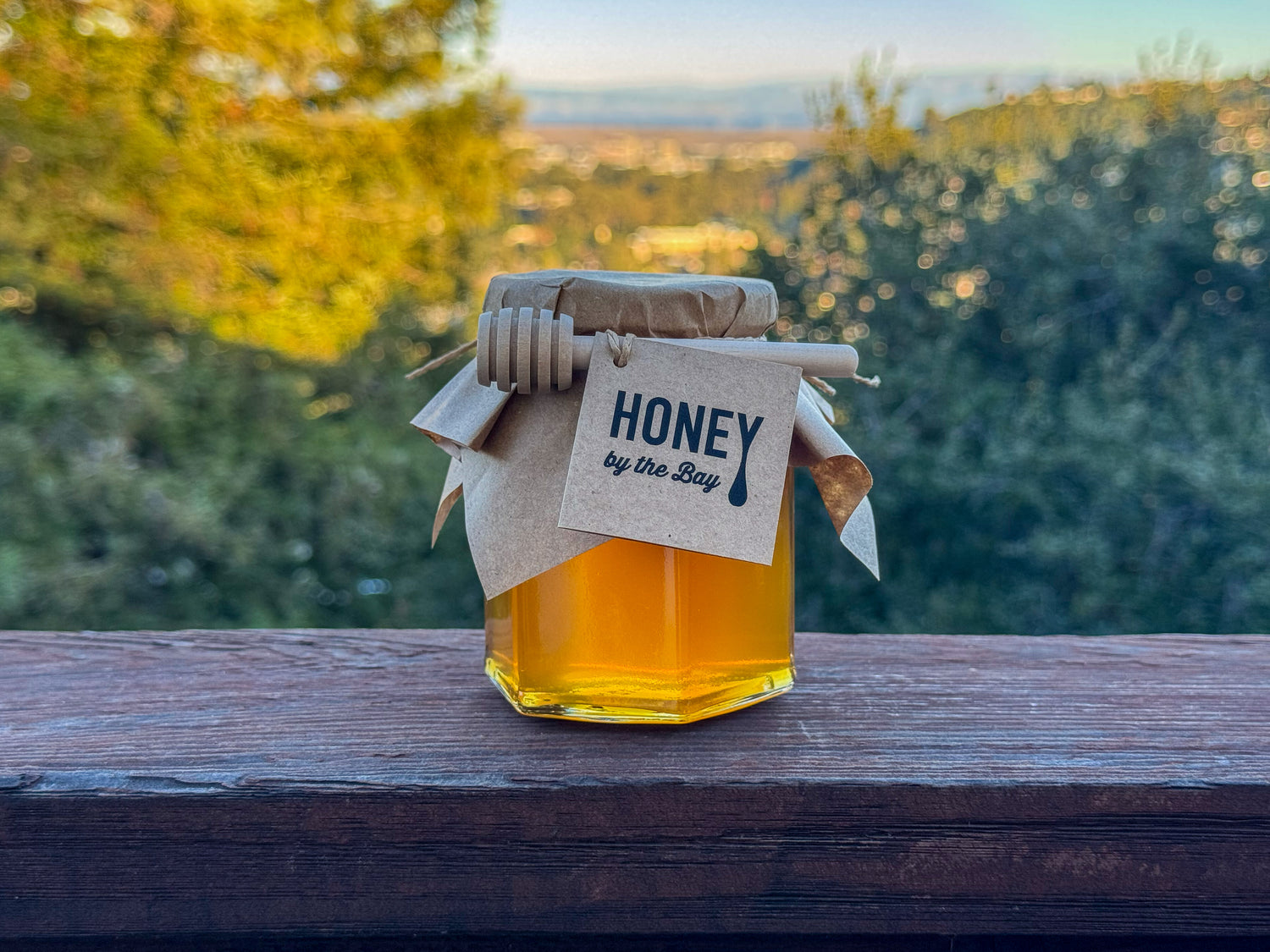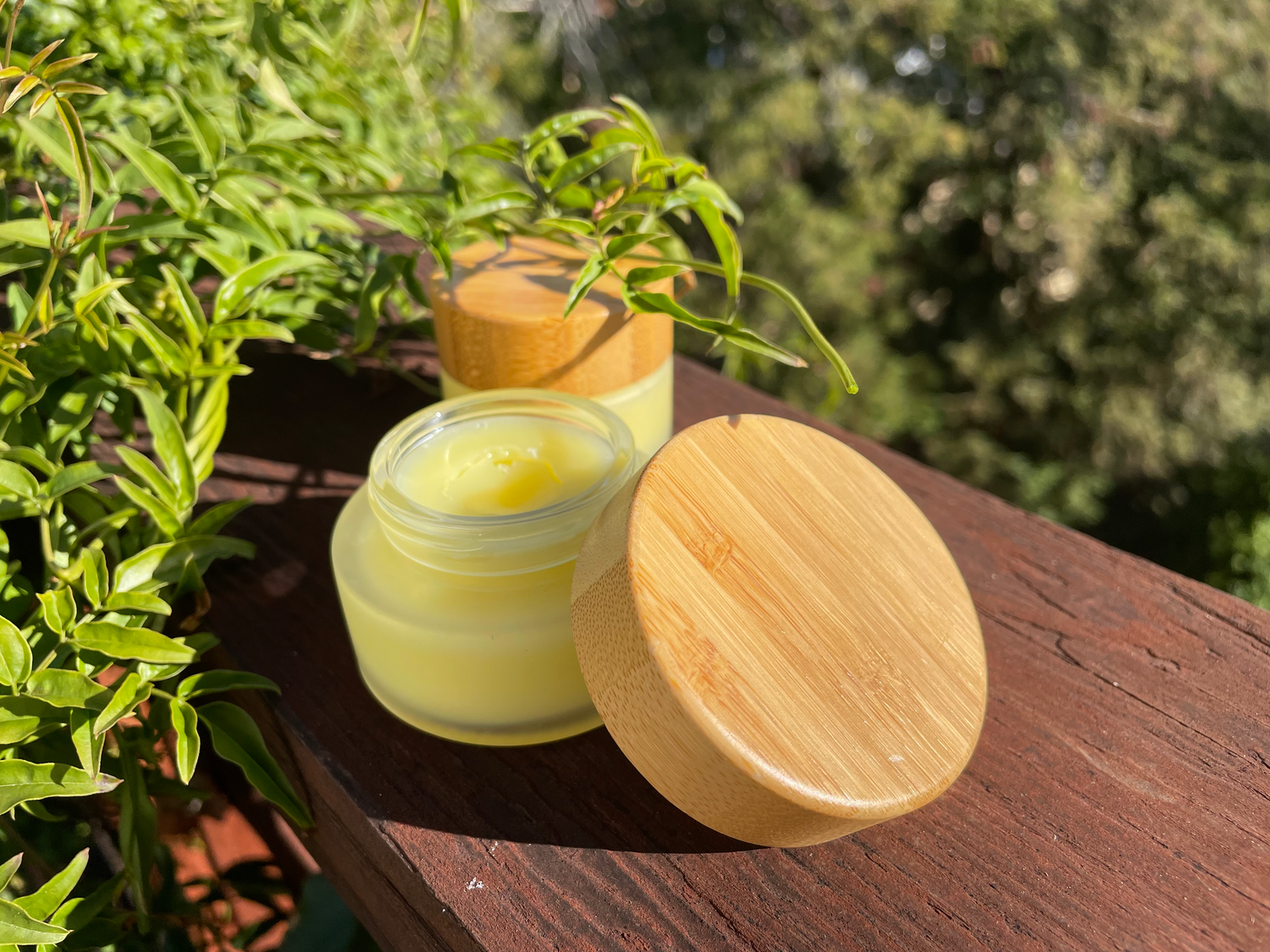As long-time beekeepers in the Bay Area, we experience first-hand the surprising downstream of climate change, its significant impact on honeybees, and how it affects the production of sustainable bee cosmetics.
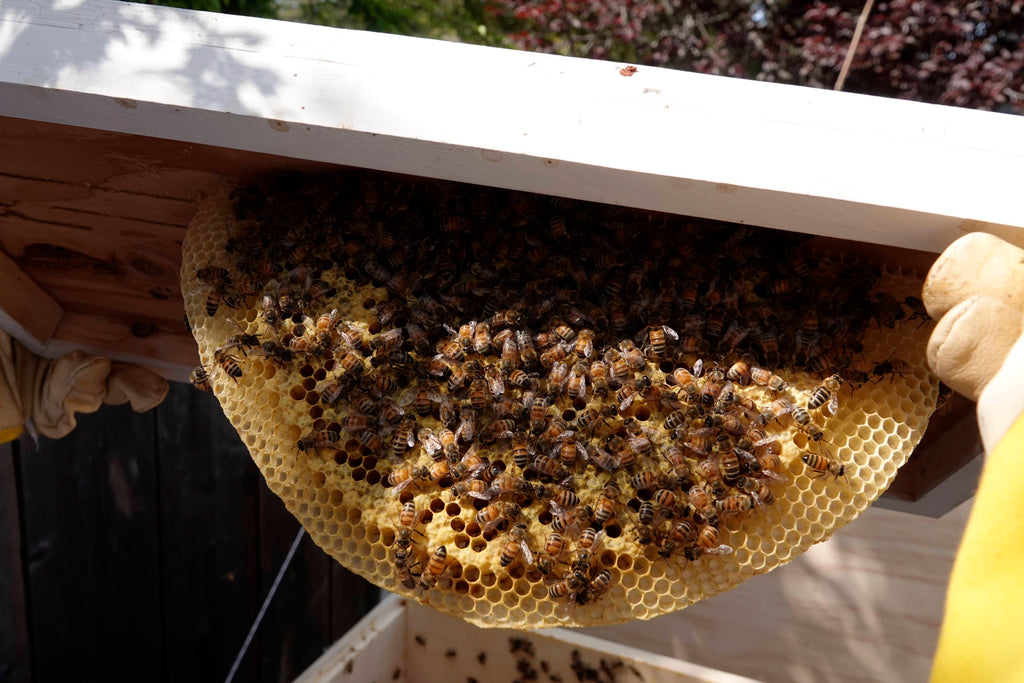
Climate Change in the San Francisco Bay Area
Climate change has recently significantly impacted the San Francisco Bay Area, and scientists expect these impacts to become more severe over time. The region has experienced an increase in average temperatures, with more frequent heatwaves and longer summer seasons. These conditions can be challenging for people, animals, and anybody dependent on nature, including honeybees.
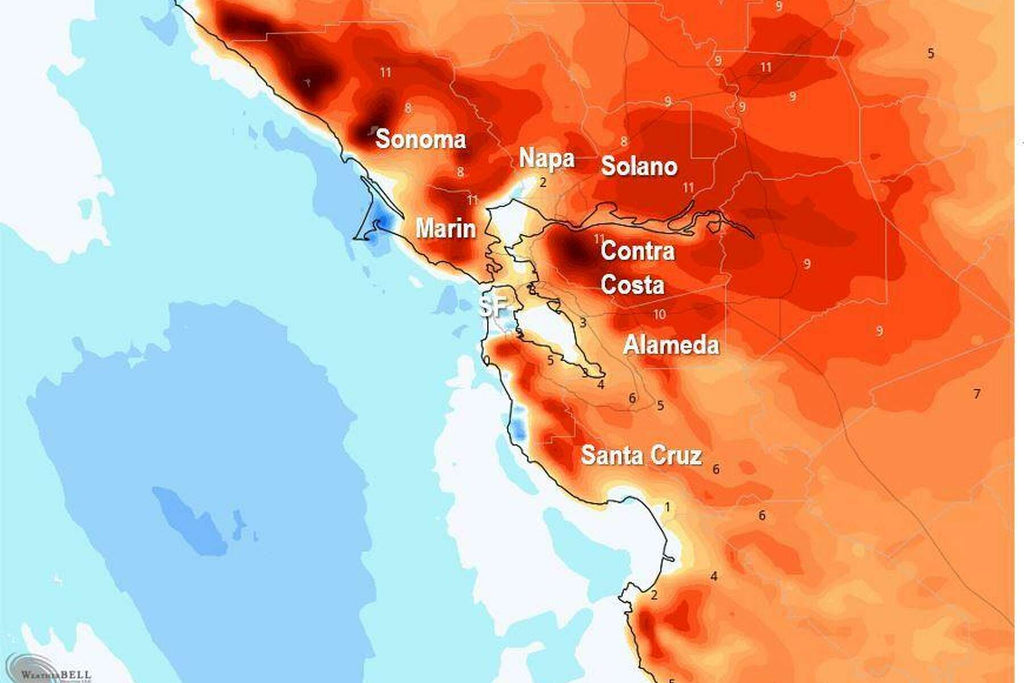
In addition to warmer temperatures, the Bay Area also has experienced shifts in precipitation patterns, including more extreme weather events such as prolonged droughts and heavy rainstorms. Many of these changes can negatively impact agriculture, forestry, and other sectors that rely on consistent water supply.

The Bay Area is also vulnerable to rising sea levels, which can significantly impact coastal communities and infrastructure. The region has already experienced some flooding and erosion due to sea level rise, and scientists expect these impacts to become more severe over time.
Another significant impact of climate change in the Bay Area has been the increased frequency and severity of wildfires. These events can significantly impact air quality and pose risks to human health and safety.
Climate change has a range of negative impacts on the San Francisco Bay Area, and the region must mitigate and adapt to these changes. This may include implementing policies to reduce greenhouse gas emissions, investing in infrastructure to adapt to sea level rise and other impacts, and developing strategies to help local communities and ecosystems adapt to a changing climate. By taking action now, we can help to protect the Bay Area from the worst impacts of climate change and ensure a more sustainable future for all.
The Impact of Climate Change on Pollinators in the San Francisco Bay Area
Climate change can significantly impact native pollinators and honeybees in the San Francisco Bay Area and beyond. Some of the ways that climate change may impact these important insects include the following.
Changes in temperature and precipitation pattern
Honeybees are known for their ability to regulate the temperature and humidity within their hives, which is vital for the development and survival of the brood (young bees). The bees use a variety of mechanisms to maintain the optimal conditions within the hive, including fanning their wings to create a circulation of air and clustering together to generate heat.
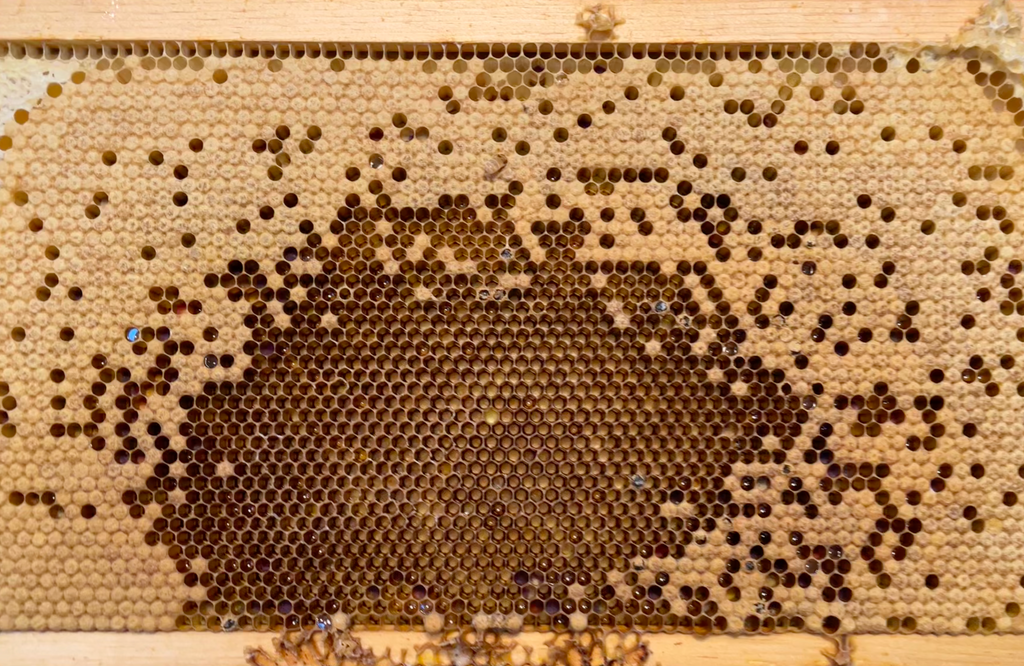
Maintaining the temperature and humidity within the hive requires a significant amount of energy, as the bees must constantly monitor and adjust the conditions to ensure that they are optimal for the brood. This is especially important during periods of extreme weather, such as hot summers or cold winters, when the bees must work harder to maintain the appropriate conditions within the hive.
Climate change can make it more challenging for honeybees to regulate the temperature and humidity within their hives. As the climate changes, temperatures and humidity levels may become more extreme and variable, making it harder for the bees to maintain optimal conditions within the hive. This can be incredibly detrimental to the health and survival of the brood, as extreme temperatures and humidity levels can harm the developing bees.
Loss of habitat
As temperatures and precipitation patterns change, the habitats of native pollinators and honeybees may also vary. This can make it difficult for these insects to find the necessary resources to survive and reproduce.
Increased risk of disease
Changes in weather patterns can also increase the risk and amplify the effects of diseases spreading among pollinators and honeybees. For example, prolonged droughts impact the blooming pattern of flowering trees and plants, severely impacting pollinators' health.
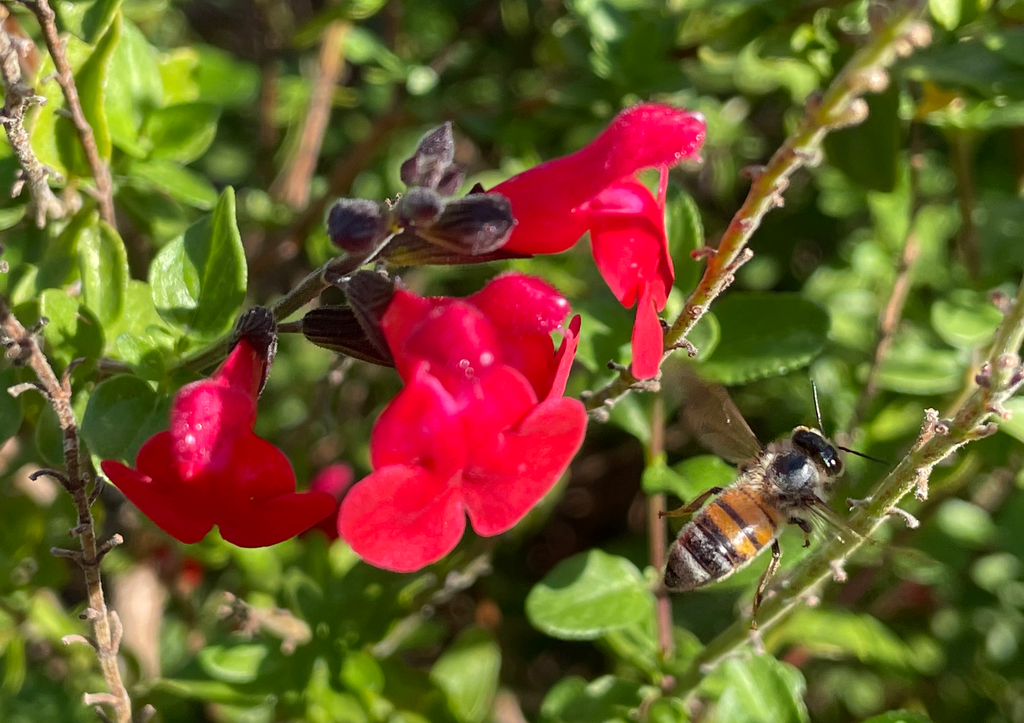
Overall, climate change is a major threat to native pollinators and honeybees, and we need to take action to protect these important insects and the ecosystems they support. This may include efforts to mitigate climate change, such as reducing greenhouse gas emissions and protecting and restoring habitats and promoting sustainable beekeeping practices.
Honeybee Wellbeing and Its Influence on Natural Bee Cosmetics
Honeybees are fascinating insects vital in pollinating many crops, including those used to make cosmetics. One of the most impressive feats of honeybees is their ability to build intricate honeycombs, which serve as both a home and a storage facility for the hive.
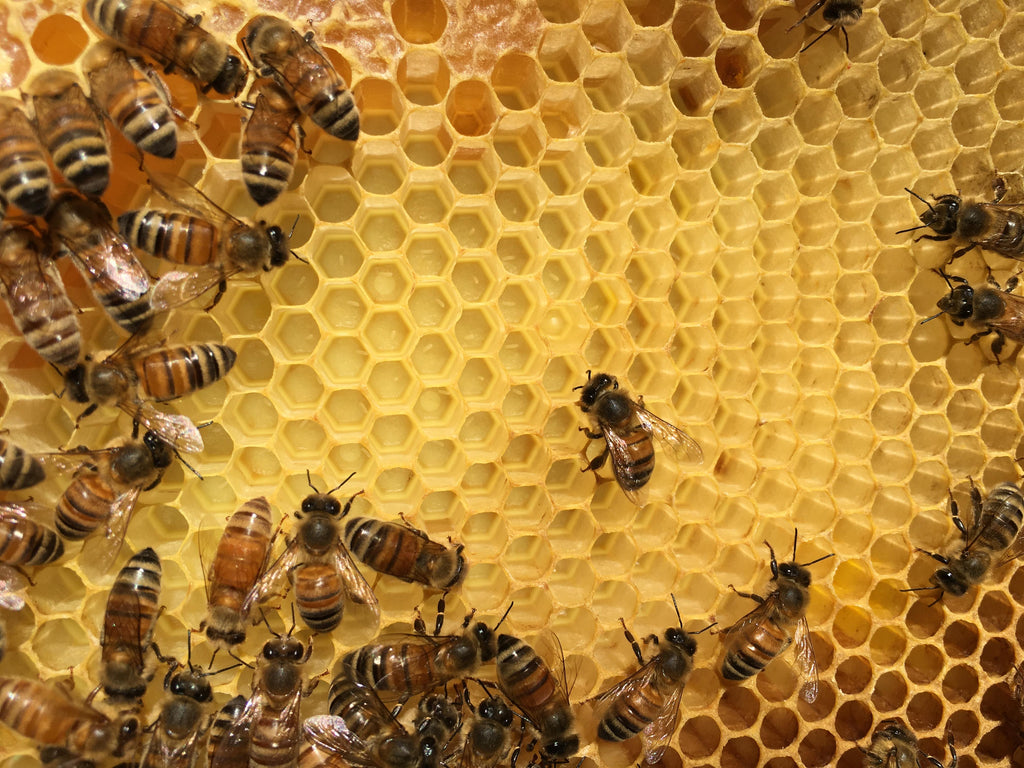
The process of honeybee hive construction is a marvel of engineering and coordination. It is a testament to the incredible abilities of these insects, and it is a vital part of their role as pollinators and producers of important products like honey and beeswax.
Beeswax is a byproduct of the honey harvest process. Bees produce it to build honeycomb cells, which bees use as both a home and a storage facility for the hive. Glands produce beeswax on the bees' abdomen, secreted in small flakes that the bees then chewed and manipulated until it becomes pliable.
During the honey harvest process, beekeepers often remove the beeswax and the honey. They extract the honey from the cells of the honeycomb, and the beeswax is left behind. The beeswax can then be collected and reused for various purposes, including as an ingredient in cosmetics and other personal care products, such as hand and face cream. Check out the all-natural beeswax hand cream made out of all-natural beeswax, organic olive oil, and organic coconut oil.
Beeswax is a valuable byproduct of the honey harvest process, and it has a wide range of uses in the cosmetics and personal care industries. Bees produce a natural and sustainable product to build and maintain their hives.


